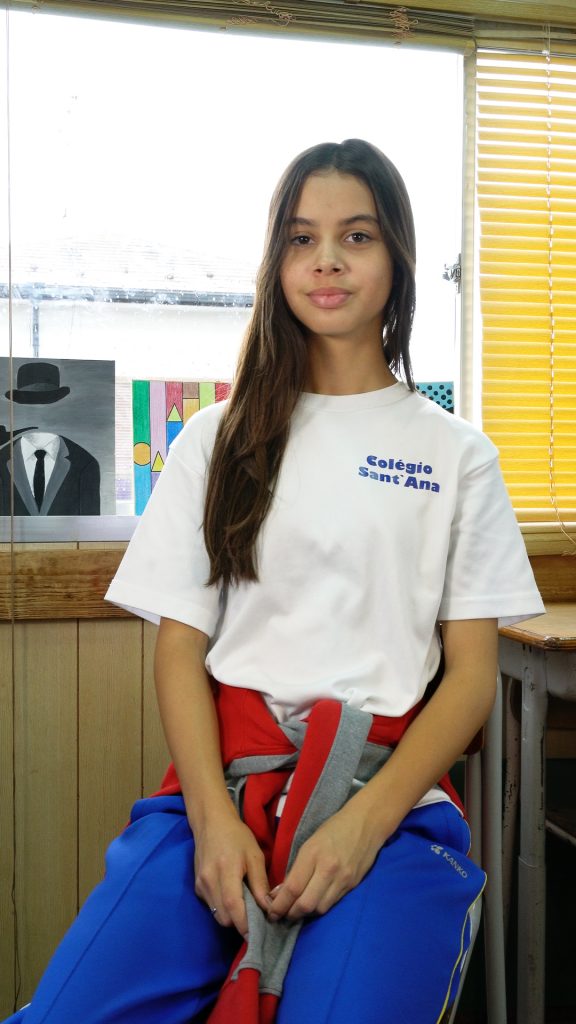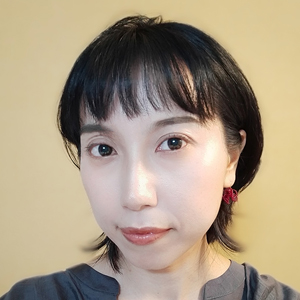STATEMENT
Humans are being categorized by nationality, ethnic background, gender, and various other factors, for legal reasons, or for the sake of convenience. In each category, there exist multitudes of different ideas and identities, and even those who appear to others to be peculiar, may be perfectly ordinary in everyday life. This is what I keep in mind in my projects that deal with immigrants and members of local communities, while exploring themes of memory, history, tradition, diversity, interrelatedness, and individual identity within a community.
While sympathizing with my subjects on a psychological level, I import and superimpose my own experiences onto scenes of their daily life. With a focus on this communication process in which I establish a relationship with them, I create installations incorporating elements of photography, video, sound and performance.
I suggestively questioned what traditions and rituals are in works such as “sweet hours” (2001-2020) and “SAIESO: between Two Koreas and Japan” (2008-), which capture the personal lives and histories of “zainichi” – Koreans living in Japan, like myself; and “Between Breads and Noodles” (2014), which focuses on the daily routine of Koreans who immigrated to Germany, and on the identity of successive generations of such immigrant families. In addition, in “The Real Wedding Ceremony” (2010/2016) I expressed by way of photography, video, and performance the expansion of families across countries. Through projects like “Continuous Way” (2013-2016), in which I connect local children with the memory of the town they live in, I expanded the “individual” realm as perceived by each person, to the collective ones of ”family” and “region.”
In 2021, I presented a video installation as part of the “House to Home” project themed around “building families with others” within a community, as well as an exhibition related to “Ari, A letter from Seongbuk-dong,” a project connecting the past, present and future of a town that is being gentrified, realized together with a 10-year-old girl. By joining these two projects together, I tried to suggest that we all experience the same changes that occur in our environment, but the fundamental connections between us remain unchanged regardless of distances and transformations.
Perhaps the beginning of a relationship begins with recognizing and accepting the differences of each other.
ABOUT THE WORK
Humans are being categorized by nationality, ethnic background, gender, and various other factors, for legal reasons, or for the sake of convenience. The memories, histories and traditions, and the diversity and interrelatedness of the multitudes of different identities that exist, I have been exploring in projects based on communication, immigrants and members of local communities.
Eye to Eye
The idea behind this video installation was to inspire viewers to think about facing the individual characters of “people with backgrounds different from their own,” which we tend to overlook if we don’t pay attention.
Being a grandchild of immigrants herself, I assembled the piece from individual works made based on my one-on-one conversations with about 80 children aged between 0 and 18, as well as teachers and supporters of the Colégio Sant’Ana in Aisho-cho, Echi-gun, Shiga Prefecture.
School Bus
The Colégio Sant’Ana is a childcare and education facility for children with Brazilian roots, founded in 1998 by Nakata Kenko, a 2nd-generation Japanese-Brazilian. The school building, combining a common private house and a prefab building, accommodates about 80 students. In addition to childcare and education, the facility has been sustaining the local Brazilian community by offering all kinds of everyday life support for children and their families.
The day at the Colégio Sant’Ana begins when the school buses, driven by teachers, return from their 2-3 hour tours picking up children living in the Koto, Higashiomi and Koka areas in Shiga. The language in classes and daily life is Portuguese, and the school uses text books that are also used in Brazil. As there is no public support, and the school has been running on precarious day‐to‐day management from day one, there is no budget for Japanese education.
Encounters
“Would you like to join our project creating opportunities for children at the Colégio Sant’Ana, who grow up without learning the Japanese language, and without a chance to partake in Japanese-based cultural and social life, to connect to society through art?”
My encounter with the Colégio Sant’Ana started with this proposal from Yamada So, who was a curator at the Borderless Art Museum NO-MA in Omihachiman at the time (and who now works for the Shiga Museum of Art).
The initial plan was to visit the place in January 2022, but due to Covid-19, it was repeatedly postponed, until the trip finally materialized on May 13. In July, we invited two classes with children aged 11-18 to NO-MA, and eventually hosted the regional exchange event “Bem-vindo (welcome) NO-MA!” incorporating ideas from the children themselves. From September to December, we spend a certain period each month at the Colégio Sant’Ana, and built our relationship with them through an art education project that was realized as part of NO-MA’s “Project for Mutual Care with the Museum,” as an opportunity for the children to think about their own identities, and the various other identities that surround them in the town of Omihachiman.
One Big Family
The video installation Eye to Eye was realized as Kim Insook’s own individual project, in parallel with the above-mentioned project. In the process, the people at the Colégio Sant’Ana appear in individual artworks, and are later confronted with the works displayed at the Tokyo Photographic Art Museum. To create opportunities for them to connect to the outside world by way of art, is one aim of this project. The encounter of the 11 to 18-year-old children with the artworks is scheduled for March 11.
During the production of the work, I stayed at the Colégio for 5 to 10 days every month. I spent time with the children, ate the Brazilian food that Kenko is preparing for her 80 students every day for lunch, took a ride on the school bus, and interviewed all children, teachers, and other individuals around them.
It was a process for myself to get to know the different and rather complex backgrounds of every single one of the children, which was at times so intensely stimulating that my own fixed ideas were stirred up. Through our conversations using broken Portuguese, Japanese and gestures, and translations provided by Mydori Camargo, a Peruvian residing in Japan, we gradually built our mutual trust and sympathy.
We came as foreigners, but the children gradually opened up and told us about themselves, and in the end, the young children came running to us waving their hands whenever they saw us, and we hugged each other and exchanged friendly words. “Amo!” “I love you!”
The Colégio Sant’Ana is a place of boundless cheerfulness and warmth, and like one big family of strangers, it works on the principle of love. Even though the culture and language difference continued to be a high and massive barrier, little by little, we were accepted as members of this big family.
The Educational Environment
Now let me share with you some of the many things that I learned while spending time with the people at the Colégio.
According to the website of Shiga Prefecture, 27.3% of the foreign residents in the prefecture are Brazilians who came to Japan in order to find work at car factories etc. As a matter of fact, there exists almost no opportunity for their community to mix with the Japanese society. In Japan, children who don’t have Japanese nationality are not subject to compulsory education. They can attend a Japanese school, but there have been problems with children who can’t get used to school life and stop going to school, and eventually spend all their time at home. This is one of the main reasons why the Colégio Sant’Ana was established.
The Discovery of Individuality
The work this time covers the period from my first encounter, to the children’s confrontation with the artworks. I will continue to learn all kinds of things about them. Building human relationships probably begins with mutual recognition and acceptance of the differences between us.
The children at the Colégio are such charmingly individual characters that it is easy to throw aside the complicated situations and environments they are placed in.
Individual characters of “people with backgrounds different from our own” that we tend to overlook if we don’t pay attention.
I hope that this installation will be a vehicle for visitors for connect to these children as if it were their own experience, and think together about a human society in which a variety of different individuals coexist.
Acknowledgments
Finally, I would like to thank the NPO Colégio Sant’Ana, Social Welfare Corporation GLOW, Aisho International Friendship Association, Mr. Yamada So, Ms. Mydori Camargo, Knots for the Arts, and everyone else who was involved in the making of this work, as well as the Yebisu lnternational Festival for Art & Alternative Visions 2023, for giving me the opportunity to realize it as part of the “Commission Project” program.
It is my sincere wish that the effects of my encounters will expand to all those who watch the installation.
[Reference websites]
・NPO Colégio Sant’Ana
・Borderless Art Museum NO-MA regional exchange event “Bem-vindo (welcome) NO-MA !”
・Video of the regional exchange event “Bem-vindo (welcome) NO-MA !” and Kim Insook’s work
・Knots Radio
・Aisho International Friendship Association
・“About the population of foreign residents in Shiga Prefecture” on the website of Shiga Prefecture




